A lot of people know of Cupping and even Moxa. Gua Sha is a part of the TCM tool box. In the past couple years, it has begun to rise in popularity as a beauty routine. Gua Sha is now found in spas. In spas, it is advertised as a rejuvenating treatment.
Even in some TCM colleges, Gua Sha is often bypassed and a very quick lesson, without much practice. I received 367 requests in a day asking me to create a post on Gua Sha. I am happy to shed some light on this amazing Chinese medicine therapy.
Do you use Gua Sha in your practice? Let me know in the comments below!
And no matter what, keep poking it with TCM! ☯️
Clara
TCM Geek
Basic Gua Sha Therapy
Gua Sha Quick History:
Gua Sha means “scraping sand” commonly referred to as “Scraping Therapy”. “Sand” refers to the fact that Gua Sha can result in petechiae on the skin. Petechiae is fine, small red dots. These dots are the result of tiny blood capillaries breaking.
In my understanding, Gua Sha was first mentioned in the TCM classic Shang Han Lun (Treatment on COLD damage disorder book), and went on to be very popular in Vietnam for many centuries. The Vietnamese use a coin and call it “scraping Wind”. In a TCM perspective it makes sense. It relates with expelling pathogens.
In some countries, including Indonesia, Gua sha is a folk remedy.
In clinical practice many acupuncturists are using this amazing therapy daily!
Gua Sha Tools:
Gua Sha tools are small enough to fit in our hand, and have different shapes made from different materials. In today’s practices, most Gua Sha tools are made of jade, rose quartz, wood, and stainless steel. Some people use a ceramic spoon as well. In a case of Yang deficiency with extreme fatigue, a slice of ginger (pre-soaked in rice wine) can be used to scrape. Scrape with ginger is focused from the cervical to sacral area, along the erector spinae on each side of the spine.
Gua Sha Techniques:
Over a lubricated muscle, we use Gua Sha tools to scrape. First, we press the Gua Sha onto the skin. Second, we finish the motion by stroking the muscle. We move back and forth or in one direction only. Normally, we repeat this process for 2 to 5 minutes. Usually the stroke are 4 to 7 inches long (10 to 18 cm).
We use Gua Sha most commonly on: the neck, upper, middle and lower back. The iliotibial band and the sole of the feet. Most popularly the face, along the jaw and forehead.
Gua Sha Therapeutic Effects:
Gua Sha moves Blood, and improves circulation. It’s goal is to relieve muscular skeletal related pain (chronic and acute). It reduces inflammation and allows for better movement in area of tension. It helps drain the lymphatic system, and release fascia (adhesion) build up. Gua Sha can help boost the immune system and expel pathogens for cough (chest Gua Sha), or common cold (upper back Gua Sha lubricated with Ginger oil).
Additionally, Gua Sha can help reduce facial puffiness. It also smooths fine wrinkles on the face (this is a more gentle form of Gua Sha without reaching petechiae, which is part of facial rejuvenation).
After a Gua Sha session, it is always recommend to drink lots of fluids.
Gua Sha Contraindications:
We should always be careful not to press too hard and injure the skin. A light petechiae is the preferred result. Never use Gua Sha on bones or the spine.
Do not use Gua Sha on injured skin with lesions, burns, bruising or rashes. Do not perform this technique on patients with leukemia, anemia or those taking blood thinners.


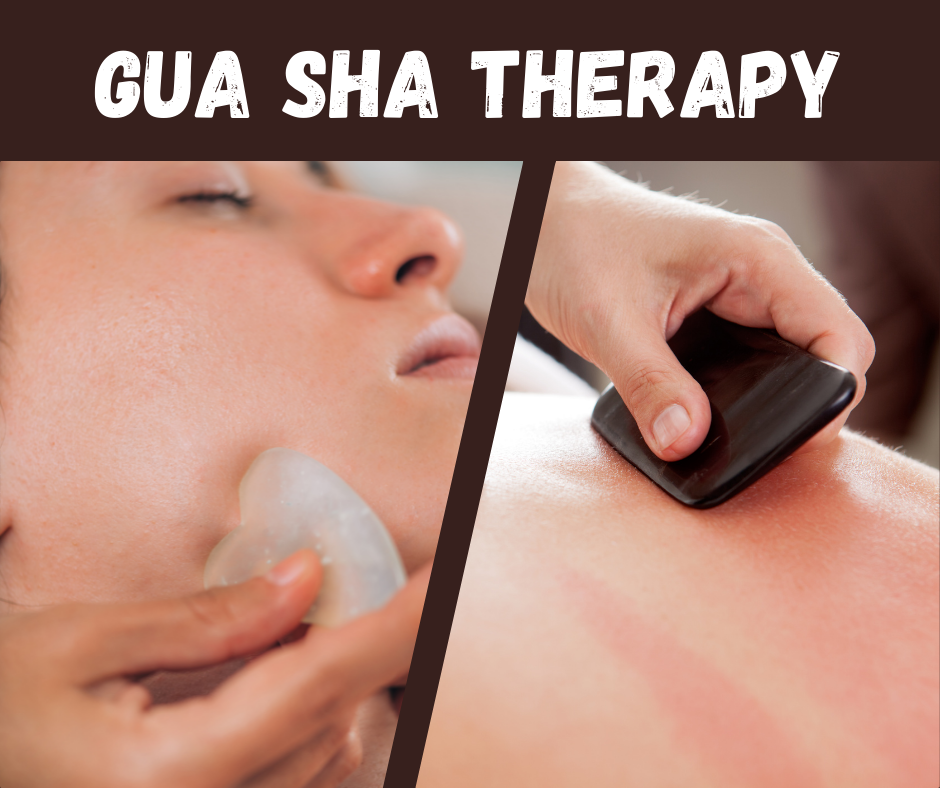
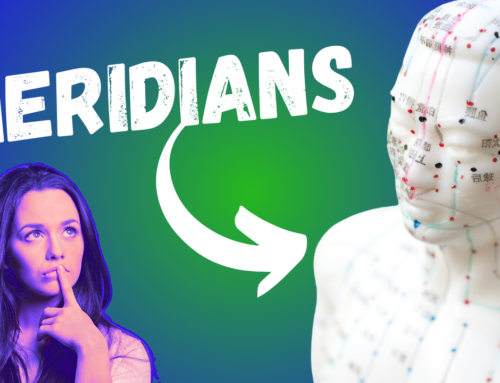
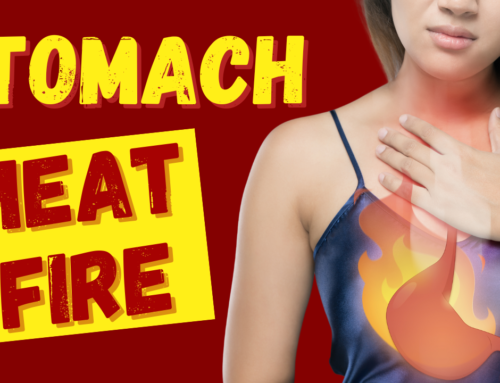
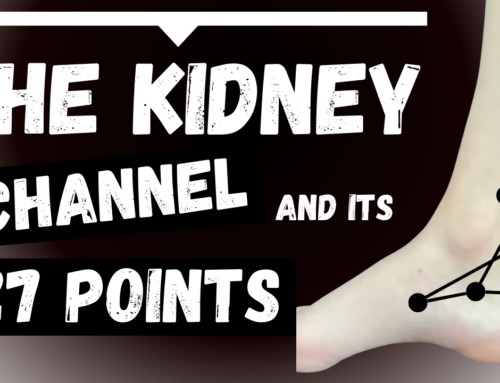
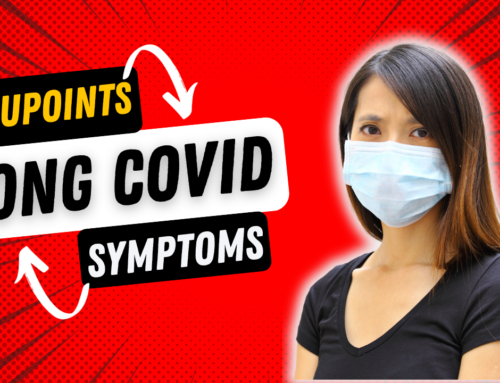
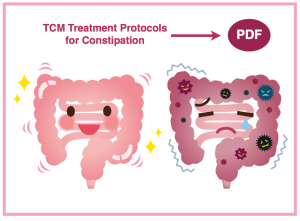
Thank You for interesting information. I have seen a picture of recommendated direction of how to work with the stone and its from the upper body downwards and from the Middle laterally. My question is if You Know why it is not towards the lymphatic nodes. For example the arms. I would like to move the stone from the hand towards the armpit but in Gua sha the recommendation is the opposite.
I hope You understand what I mean ?
Sincerely
Anne Wilderoth
Sweden
Hi Anne,
Because it follows the meridian/channel direction downward, that’s the Chinese medicine way ?
Hi,
I gua sha all the time. It is time consuming, but it makes such a difference.
Jamie Cline
Dayton, Ohio
Yes it is so useful 😍
In the Netherlands i am a professional Guasha/Fascia therapist and acupuncturist. Love it!
Fantastic! We love connecting with TCM and Acupuncture rockstars around the world 😍
Dear Clara? Why this technique not good for persons, having anemia?
Because they don’t have enough blood flow and it would make them even more tired 🙏
Why can’t you do this if you are on a blood thinner?
Because it may cause bleeding
In the Netherlands, I am a Guasha therapist and Fasia Guasha.
It’s a great therapy!
Awesome! 🙂